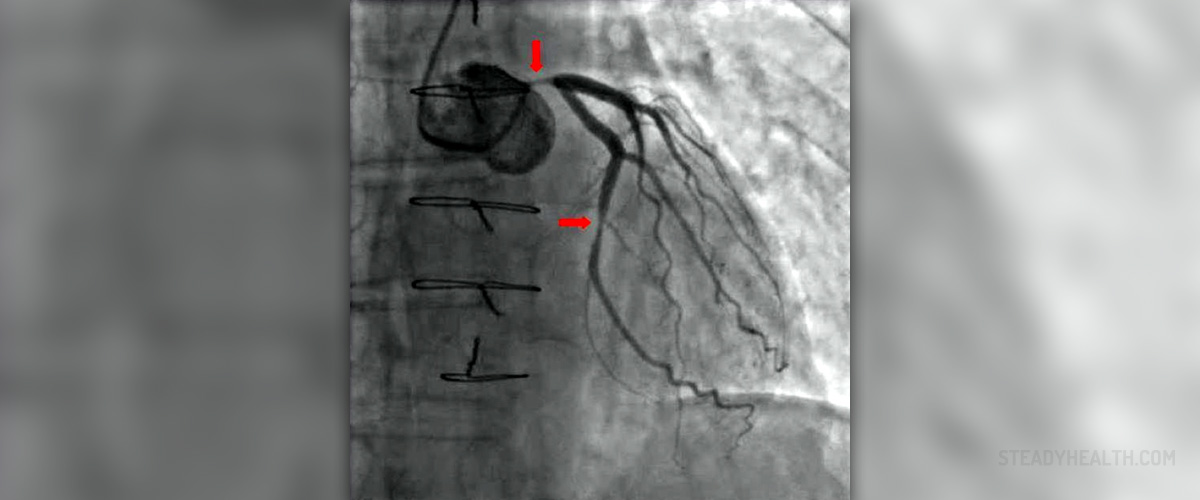
It is a medical radiographic method used to visualize the inside of blood vessels and organs, with particular attention paid to the arteries, and heart chambers.
There are several types of angiography, the most common being coronary angiography, peripheral angiography, neuro-vascular angiography and microangiography.
Coronary angiography is the most common type. It is used when one needs to see the blood flow in the coronary arteries. By a catheter which is put into the artery of the forearm, an x-ray contrast agent is dispensed into the desired part. This is useful when determining the size of the arteries.
Peripheral angiography is usually performed to spot vessel narrowing in patients with leg cramps, most commonly caused by reduced blood flow. It is also used for persons with renal stenosis (which frequently causes high blood pressure) and may be used to find and repair stroke in one’s head. It is regularly done through the femoral artery.
Microangiography is most often used to see into small blood vessels.
Neuro-vascular angiography is necessary when one needs to see the arterial supply of blood to the brain.
Complications
The frequency of complications in these procedures is not high. However, there is a risk, and the doctor will certainly point them out before performing them on a patient.
Grave complications after a cerebral angiography can sometimes come about, although, they are known to have very seldom happened. Less serious complication after this procedure are bleeding and bruising at the place of injection.
More serious complications include an allergic reaction to the dye or painkilling medicine (rare, but if it does occur, it can usually be controlled with medication. The chances of developing an allergic reaction is one in 50,000 or one in 150,000.), a stroke (the most severe risk, but very rare; the probability of having a stroke that causes lasting paralysis is just about one in 1,000), a blood clot (which can affect other parts of one’s body) and a blocked or damaged blood vessel at the place of the injection (and in times, this problem requires surgical solutions).
Complications of coronary angiography may include blood vessel damage caused by the catheter, bleeding or bruising at the spot of the injection (this is frequent, but should heal quickly), or an allergic reaction to the dye.
Less common complications are kidney damage (more often than not caused by the dye), low blood pressure, cardiac arrhythmia (which may clear up without treatment), blood clots that can lead to serious problems (a heart attack or a stroke), a build-up of blood or fluid around the heart, etc.









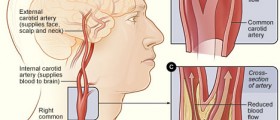
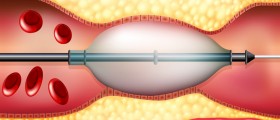



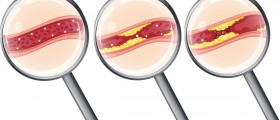
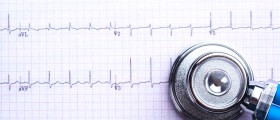

Your thoughts on this
Loading...